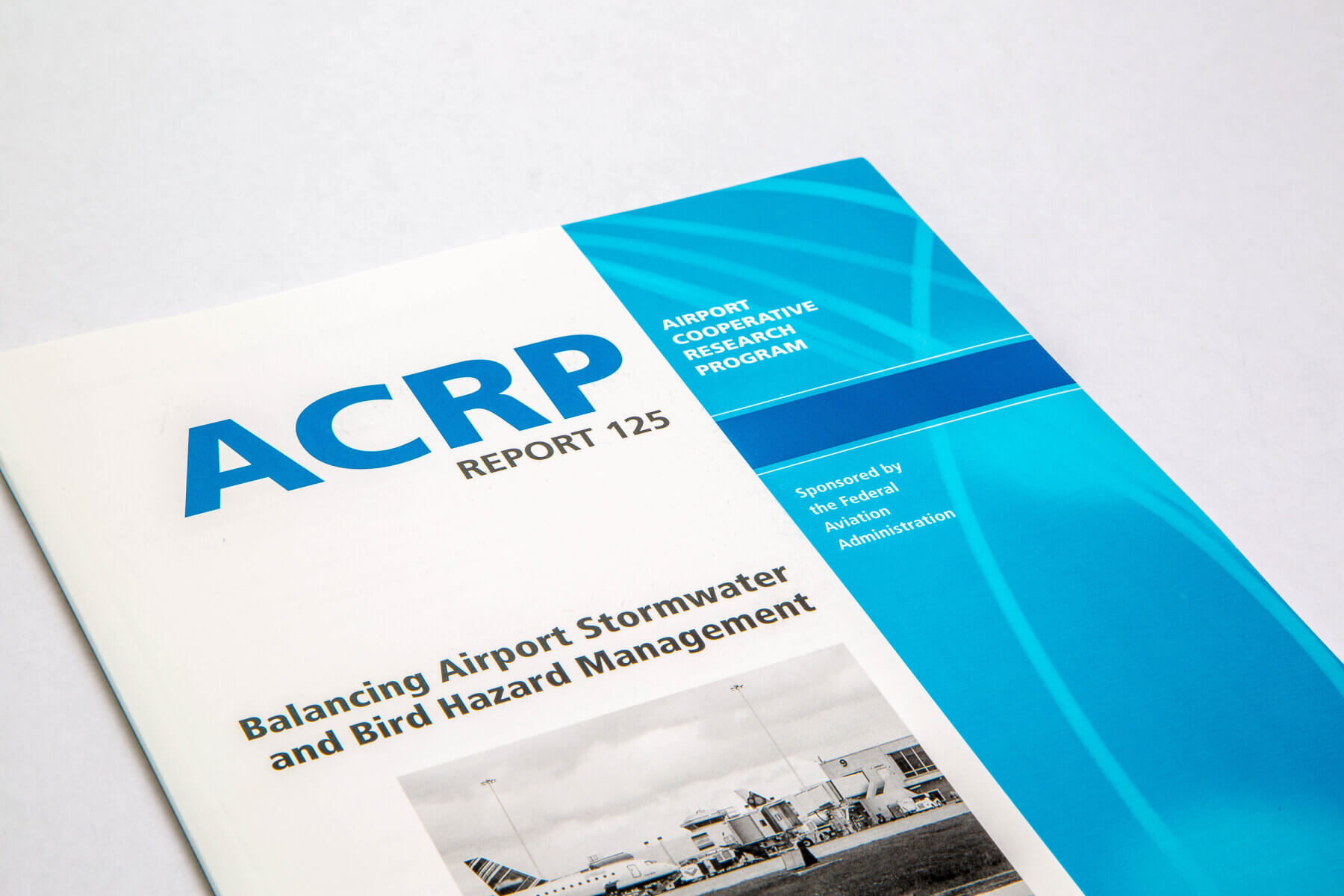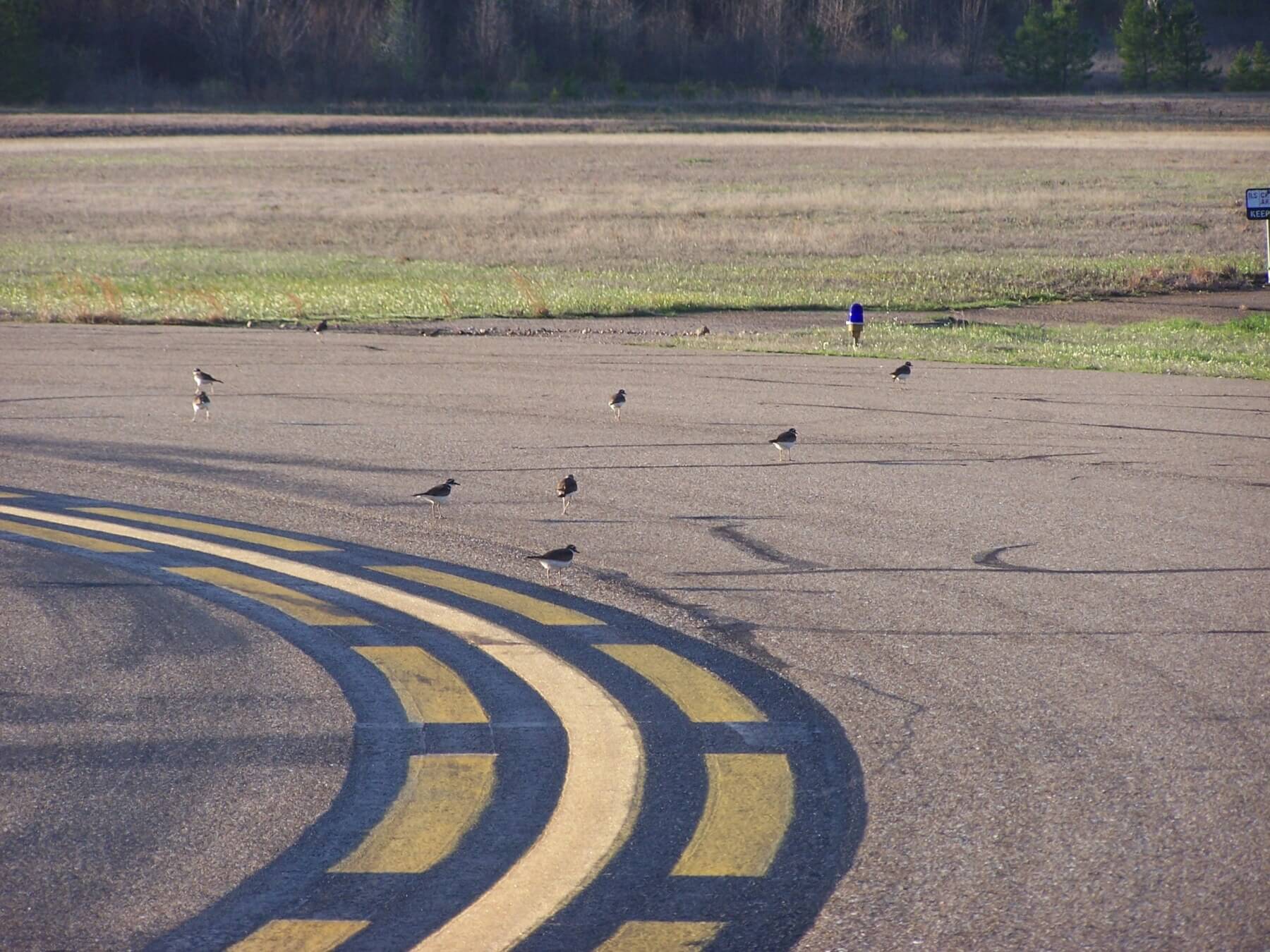Identifying the “What-Ifs”
After noting ambiguities or conflicts between federal, state and local bird hazard management and stormwater management regulations, and identifying airport stormwater management options and their potential effect on wildlife, we developed a matrix for the likelihood of bird strikes across a variety of stormwater design scenarios. We then conducted two airport case studies to gather input from real users and learn how the tool would perform at airports of different sizes and with differing amounts of data.
Developing an Easy-to-Use Tool
We developed a bird strike risk analysis and stormwater management decision tool, which allows users to review the bird strike risk associated with an existing or planned BMP and identify ways to reduce risk via alternative BMP design characteristics or bird strike mitigation measures. We then introduced the Excel-based tool to stakeholders through outreach materials, webinars and presentations designed for airport personnel, wildlife regulators, stormwater regulators, and the general public at aviation-associated conferences and committee meetings.


